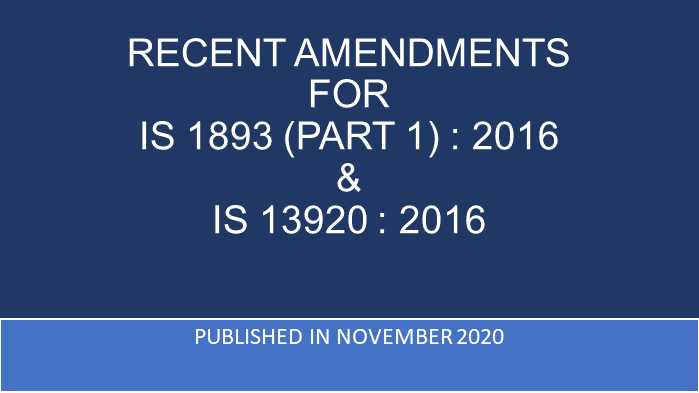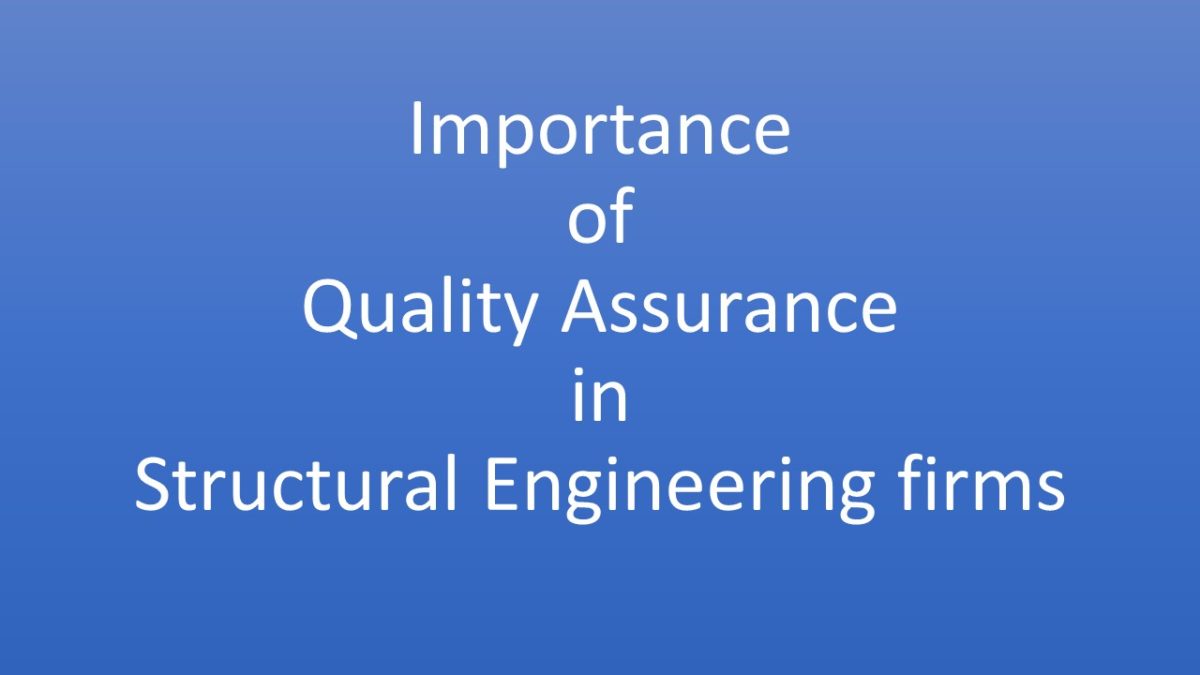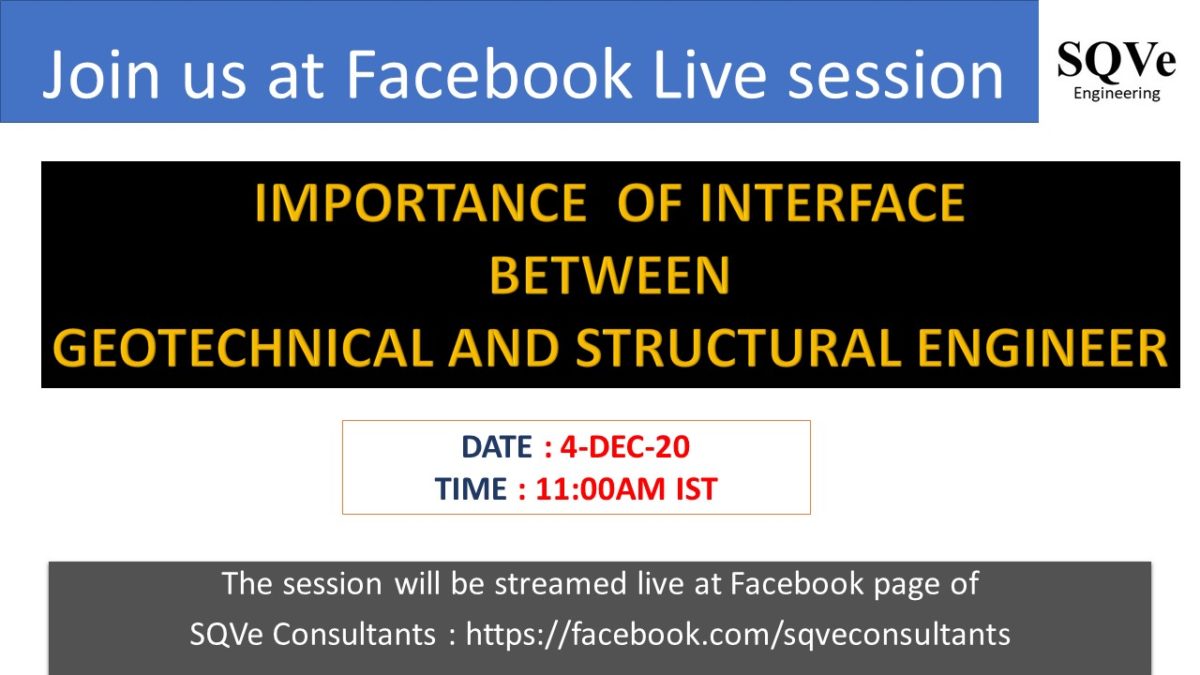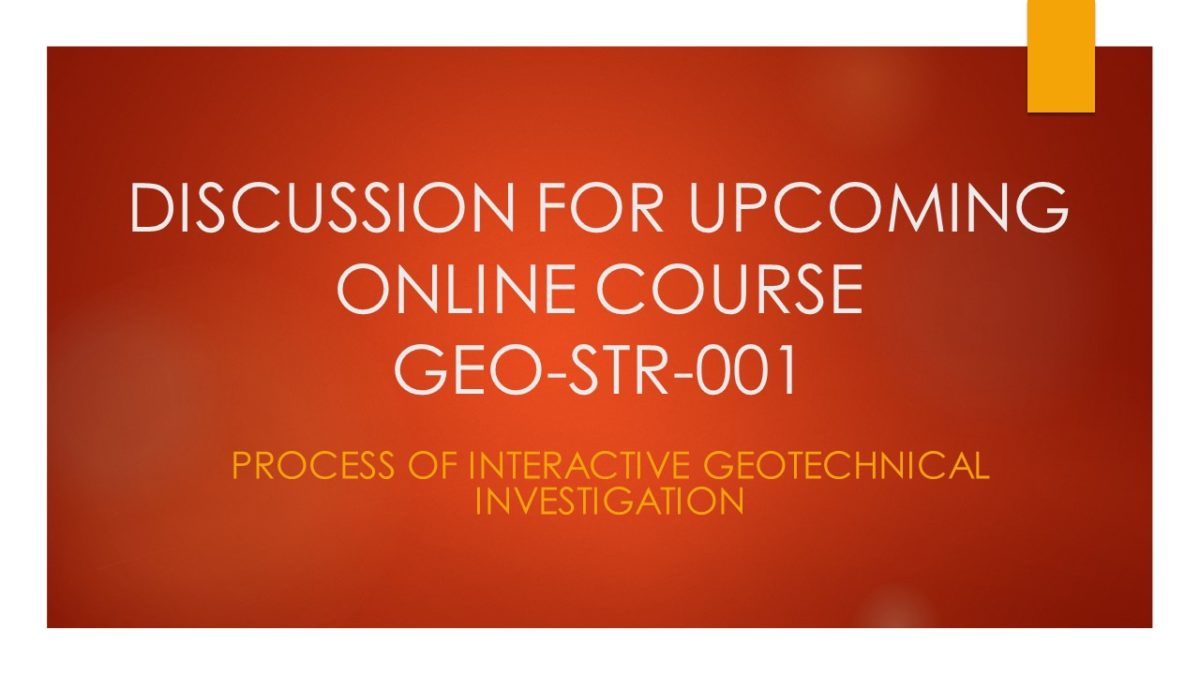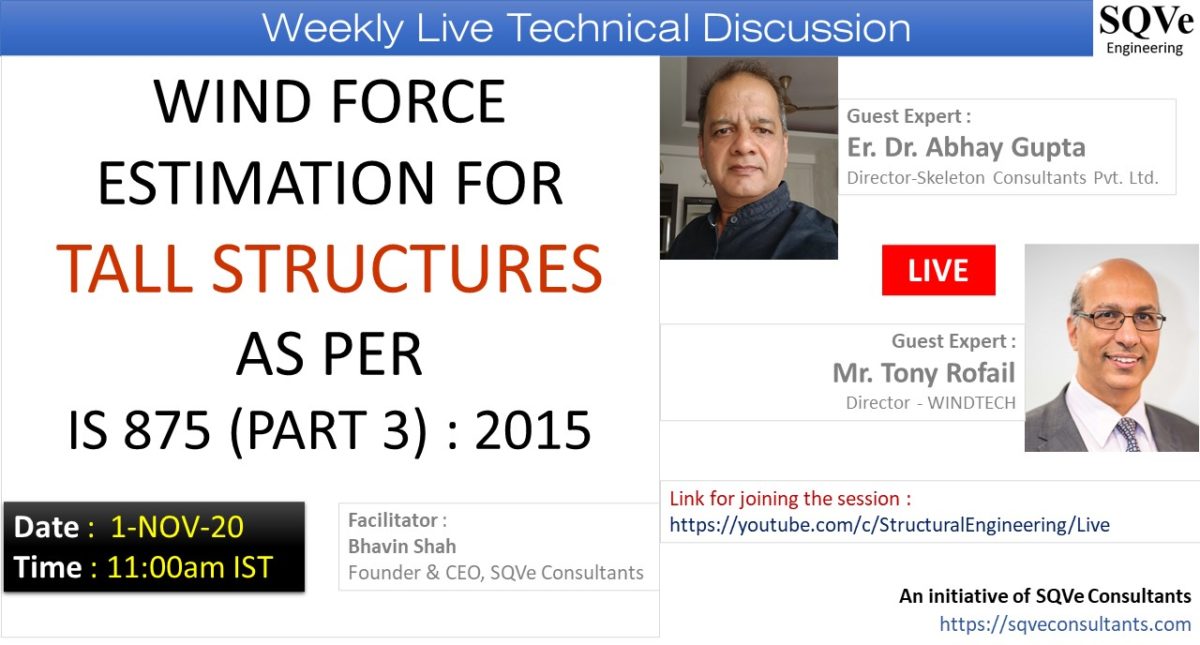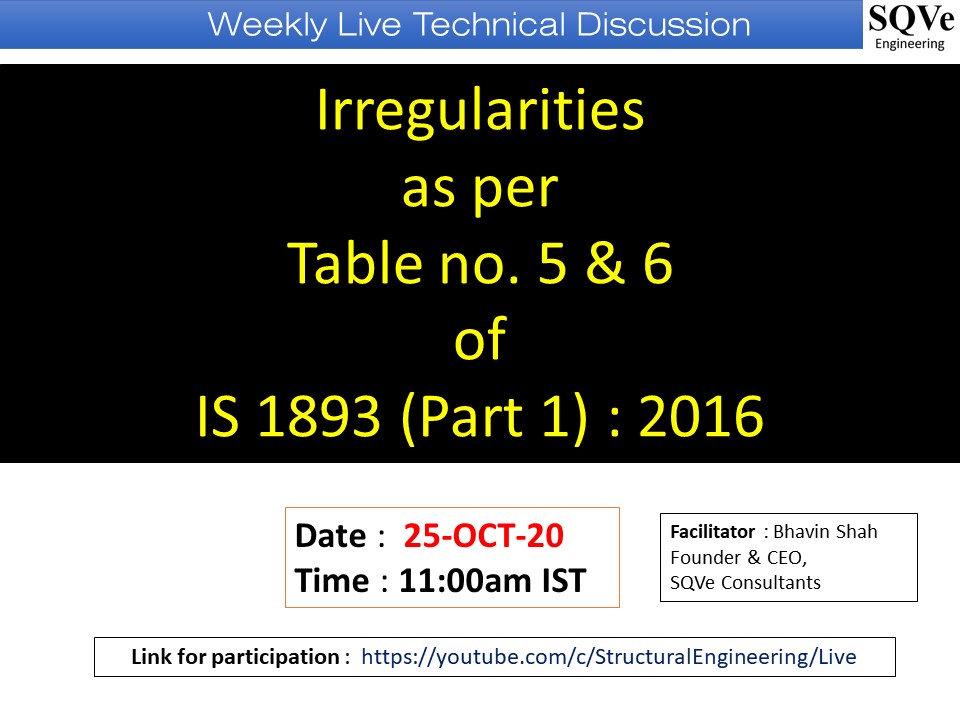Recently, BIS published the amendments related to IS 1893 (Part 1) : 2016 & IS 13920 in November, 2020. The article shows some of the major changes made in the code as per my understanding. Only brief details are mentioned below, for details please refer the amendments.
Amendment no. 2 of IS 1893 (Part 1) : 2016
1. Clause related to vertical earthquake shaking is modified. The requirements are added for embankments, dams, bridges, etc. Also, the criteria for consideration of vertical earthquake shaking are modified.
2. The methodology for calculation of torsional irregularity is updated. The maximum displacement should be checked against the average displacement as against the minimum displacement in the previous version of the code. For more details, please refer the amendment.
3. For a building with re-entrant corners, three dimensional dynamic analysis to be performed with the flexible floor diaphragm. If there is a rigid diaphragm in the building then two separate analysis to be performed, firstly with flexible diaphragm and secondly with the rigid diaphragm. The worst effects to be considered from both the analysis.
4. For out of plane offset in vertical elements, the forces and moments due to earthquake effects in the elements connecting the two vertical elements with out of plane offset elements, the vertical element supporting the offset, and connections shall be enhanced by a factor of at least 2.5.
5. The provisions for stiffness irregularity are further clarified and few changes are made as well. In the note, it is mentioned that this provision is not applicable to such storeys, which have: (a) lower height, where services and utilities are housed, or (b) outrigger frame members placed in them.
6. For weak storey irregularity – buildings with strength irregularity shall not be permitted. In case, the weak storey is because of URM infills, provisions of 7.10 shall be followed.
7. Floating columns – Such columns are likely to cause concentrated damage in the structure, and are undesirable. A building with floating columns shall not be permitted, if the floating columns are part of or supporting the primary lateral load resisting system.’
8. Irregularity related to “Irregular Modes of Oscillation in Two Principal Plan Directions” is further clarified. It is also mentioned that this provision is not applicable to buildings with large podiums in the lower storeys.
9. For importance factor, “school” is replaced with the “educational building”.
10. OBF is not allowed in seismic zone III, IV & V.
11. Provisions for flat slab – structural wall system are further clarified.
12. Formula for Aw is modified and now it is same as when the code was published in 2016. It is mentioned that The value of Ta obtained shall neither be taken to be more than that given in 7.6.2 (a) nor less than that given in 7.6.2 (c).
13. In case of URM, RC members shall be designed for the governing combinations of stress resultants arising from structural analysis of:
a) Bare frame building, and
b) Frame building with URM infills.
14. For other details, please refer the amendment.
Amendment no. 2 of IS 13920 : 2016
1. Steel reinforcement shall comply with all of the following:
a) Elongation shall be at least 14.5 percent,
b) Ratio of ultimate stress to 0.2 percent proof stress shall not exceed 1.25,
c) Ratio of ultimate stress to 0.2 percent proof stress shall be at least 1.15, and
d) Steel shall be only of strength grades with minimum 0.2 percent proof stress of 415 MPa, 500 MPa or 550 MPa, in addition to other requirements of IS 1786.’
2. In cl no. 9.1.1, modifications are made for calculation of nominal shear strength of concrete in a beam-column joint.
3. In cl no. 9.1.2, provisions related to design shear stress demand are further clarified.
4. For other details, please refer the amendment.
We are planning live technical discussion for the amendments on 20-DEC-20 at 11:00AM IST. Please share your comments / discussion points in the below comment box. We will discuss the same during live session of 20-DEC-20.
Link of the live session is attached below. Please like and share this video with the interested engineers in your circle.
